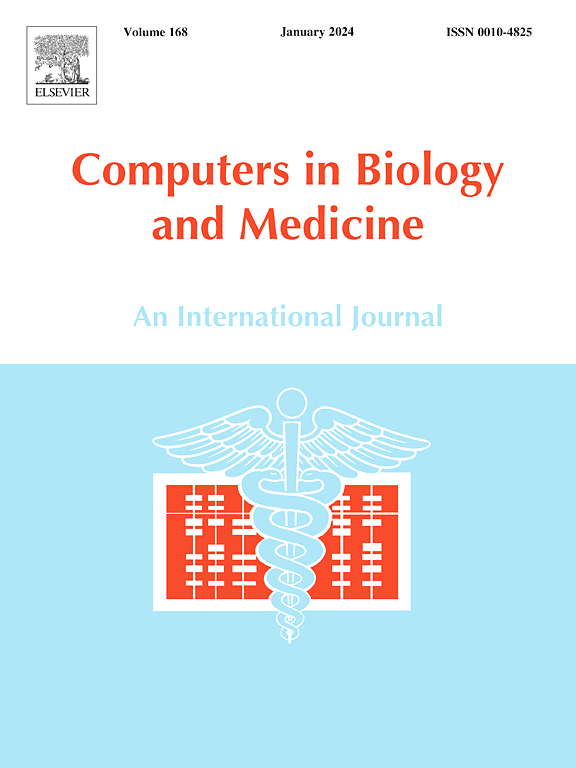Benchmarking pathology foundation models: Adaptation strategies and scenarios
IF 7
2区 医学
Q1 BIOLOGY
引用次数: 0
Abstract
In computational pathology, several foundation models have recently developed, demonstrating enhanced learning capability for analyzing pathology images. However, adapting these models to various downstream tasks remains challenging, particularly when faced with datasets from different sources and acquisition conditions, as well as limited data availability. In this study, we benchmark four pathology-specific foundation models across 20 datasets and two scenarios – consistency assessment and flexibility assessment – addressing diverse adaptation scenarios and downstream tasks. In the consistency assessment scenario, involving five fine-tuning methods, we found that the parameter-efficient fine-tuning approach was both efficient and effective for adapting pathology-specific foundation models to diverse datasets within the same classification tasks. For slide-level survival prediction, the performance of foundation models depended on the choice of feature aggregation mechanisms and the characteristics of data. In the flexibility assessment scenario under data-limited environments, utilizing five few-shot learning methods, we observed that the foundation models benefited more from the few-shot learning methods that involve modification during the testing phase only. These findings provide insights that could guide the deployment of pathology-specific foundation models in real clinical settings, potentially improving the accuracy and reliability of pathology image analysis. The code for this study is available at https://github.com/QuIIL/BenchmarkingPathologyFoundationModels.
求助全文
约1分钟内获得全文
求助全文
来源期刊

Computers in biology and medicine
工程技术-工程:生物医学
CiteScore
11.70
自引率
10.40%
发文量
1086
审稿时长
74 days
期刊介绍:
Computers in Biology and Medicine is an international forum for sharing groundbreaking advancements in the use of computers in bioscience and medicine. This journal serves as a medium for communicating essential research, instruction, ideas, and information regarding the rapidly evolving field of computer applications in these domains. By encouraging the exchange of knowledge, we aim to facilitate progress and innovation in the utilization of computers in biology and medicine.
 求助内容:
求助内容: 应助结果提醒方式:
应助结果提醒方式:


